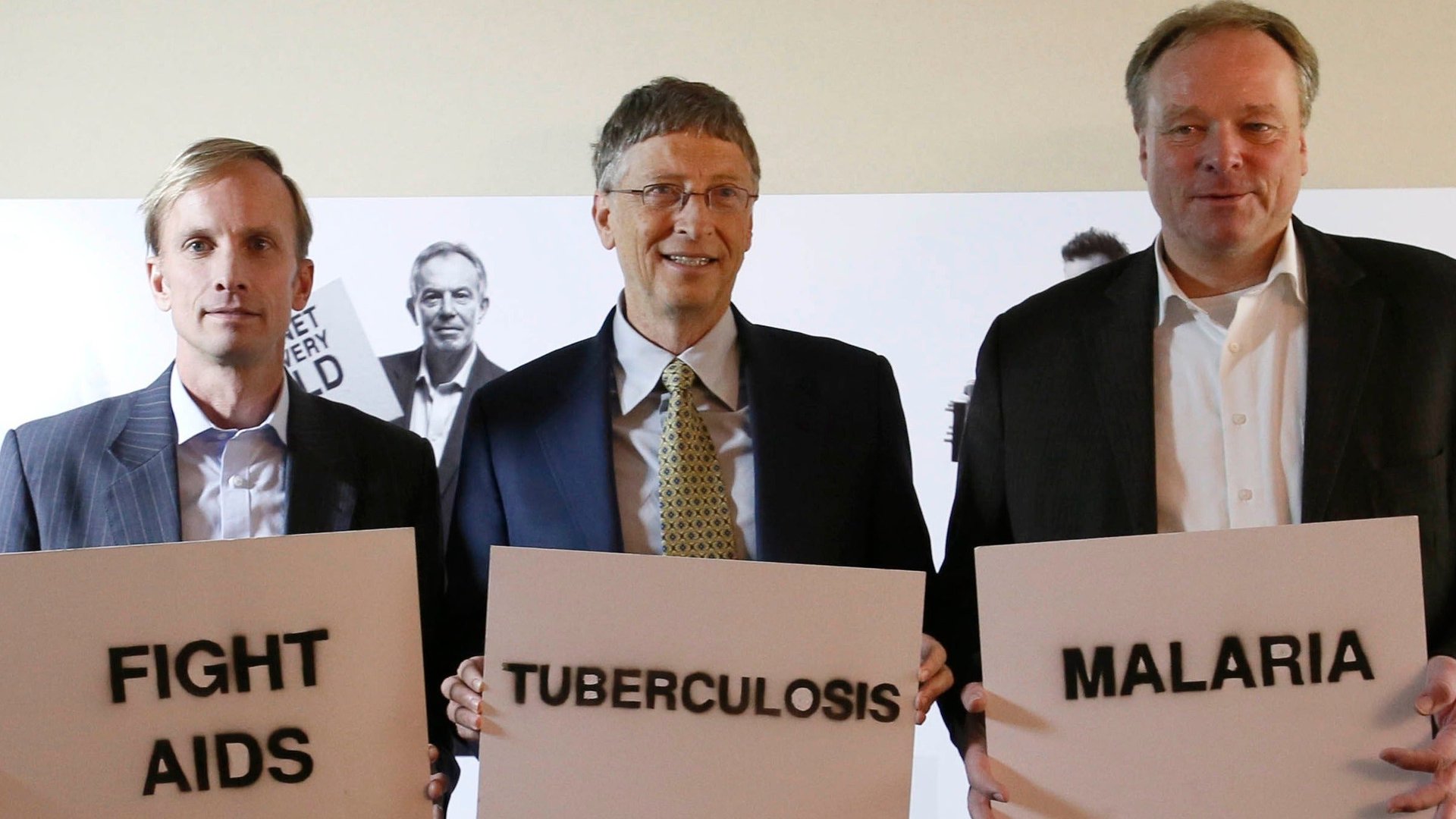Bill Gates: We need to attract the world’s brightest people to the sciences
This originally appeared on LinkedIn. Follow Bill Gates here.


This originally appeared on LinkedIn. Follow Bill Gates here.
A few weeks ago, I got to visit Microsoft’s annual conference of faculty members involved in computer science research at universities around the world. I hadn’t been able to attend the conference since I went full-time at the Gates Foundation, so I took the opportunity to talk about how the researchers’ work might overlap with some of the foundation’s efforts.
A lot of the faculty members wanted to know how they could help and how we can all bring more bright people into the fight against disease and poverty. So I thought I would share a few ideas about how we can help researchers from different fields have an impact on the world’s poorest people.
1. Find ways to apply technology so it helps the world’s poorest people solve problems.
For the poorest two billion people, progress in the most important areas—which I argue are health and agriculture—will depend on advances in technology, from computer science to genetics, materials science, and energy.
For example, in health, computer-based disease modeling is a big area. I’m optimistic that we’re going to eradicate polio in the near term, and perhaps malaria and measles in the mid to long term. To eradicate a disease, we need to understand how it’s affected by things like weather or the movement of insect populations (malaria is spread by mosquitoes). A technique called stochastic modeling—which involves running a lot of computer simulations where you randomize different variables and study the outcome—is helping us understand the impact of the various factors so we can get the right mix of tools to fight different diseases.
There are many examples from other fields. Geneticists can help develop crops that are more nutritious, disease-resistant, and drought-tolerant. Someone who’s interested in finance can help drive innovations such as digital currency that reduce transaction costs so that poor people can borrow at five percent a year instead of 15%. People with a passion for education can develop software that models what the student knows, interacts with and encourages her, and helps the teacher see what she’s been doing.
So there’s a lot of opportunity. But these advances won’t happen unless bright young people enter these fields. That brings me to the second priority:
2. Attract more of the world’s brightest people into technical fields.
We need a constant stream of new people coming into these fields with fresh energy and ideas. And it needs to draw from a broad range of people—meaning different ethnicities, income levels, and countries. After all, no nation has a monopoly on talent or on the best way of looking at a problem.
I wish rich countries did more to draw their brightest people into the sciences. We also need researchers from developing countries, though that’s hard because few of them have great universities where people can get top training. We need to look at ways to strengthen those schools through partnerships. We can also expand opportunities for young people to study in other countries and then return home to start their careers. And we definitely need to encourage more women to enter technical fields.
As we bring more bright young people into the sciences, there’s a third step to making sure it has an impact for the poorest two billion:
3. Show experts how they can help solve these problems.
As I said earlier, several of the researchers I talked to at Microsoft asked how they could help. Unfortunately, historically the world hasn’t done a very good job of connecting people with expertise to the biggest problems.
For example, a big challenge with vaccines is that they spoil if you don’t keep them cold. This problem has kept a lot of kids from being vaccinated, and it has cost a lot of lives. There are experts in the science of insulation, but no one had explained this problem to them. As soon as we did, they started thinking about how they could help. They got to work on a kind of super Thermos—a way to keep the vaccines cold without using any energy. It’s in development now.
Scientists aren’t the only ones who can help solve problems in the poor world. Savvy people in businesses, non-profits, and governments can find ways to deliver solutions at scale.
Of course there has to be a financial incentive to draw people in. Governments and philanthropy can establish grants and prizes. They can also set up funds to guarantee that there will be a market to pay for advances if they’re developed. The Gates Foundation has a program called Grand Challenges in Global Health, which is designed to help experts from various fields see how they can help save lives in the poorest countries. That’s just one example, though, and the world could use a lot more.
It was great to connect with all the researchers at the Microsoft conference. I hope some of them use their talent to help solve some of these challenges. I’m convinced that getting our brightest minds focused on our biggest problems will save lives and make the world a more equitable place.